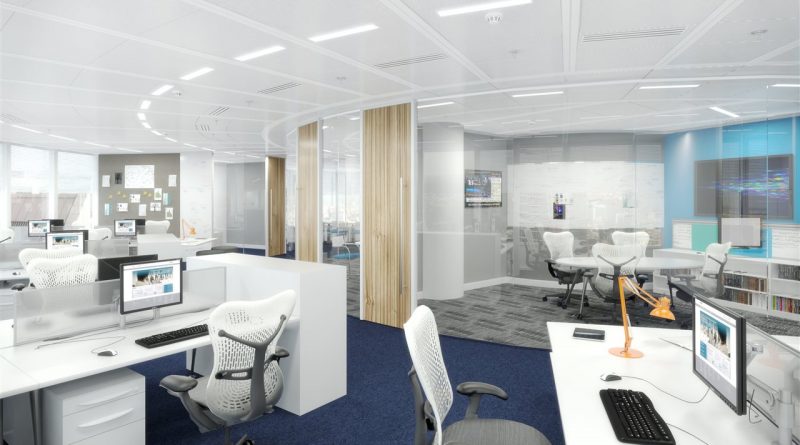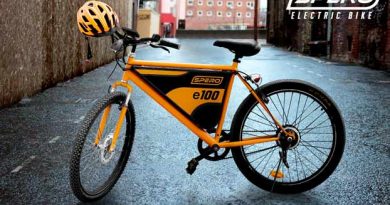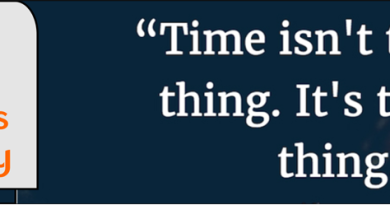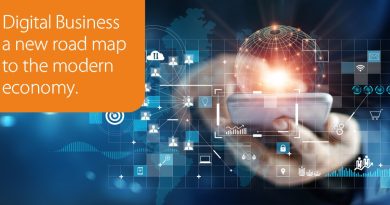5 ways to boost engagement and productivity in the office
Step into the office of the future on the first day of work, and the things that you expect in a traditional workplace are not going to happen here.
There’s no landline, no file cabinet, no bulletin board. The employee is never taken to an assigned cubicle. In fact, it’s highly unlikely that employees will spend much of their day in the same chair.
The forward-looking workplace design discards all the usual trappings of the traditional office that lock employees into physical departments with seating arrangements, moving toward an open design. While perks such as catered lunches and ping pong tables are getting attention for changing workplace culture, it’s actually the power of technology that is quietly transforming the way we work. Technology is a tool that gives us a fluid and flexible use of time and space, changing how people get the job done.
“Eventually, the open digital workspace design will not be simply nice to have, it’s becoming more and more expected. It’s going to become mandatory if you want to attract top talent,” says Donna Kimmel, the senior vice president and chief people officer of Citrix.
Welcome to the era of the open workspace, where people can work and collaborate anywhere in the office, wherever they need to be. What do these modern workspaces look like? These are the five traits they have in common:
They ditch the cubicle farm: It’s no longer necessary to spend the day alone in a cubicle rooted to one spot for access to a desktop computer or landline phone. Today, you can easily and securely access, store and share your information from anywhere whether you’re on your laptop, tablet or mobile phone. Without the need for space-wasting cubicles, your building space needs are reduced, in some cases up to 50 percent. And a collaborative environment is created when walls are torn down and open seating arrangements invite conversation and brainstorming.
They accommodate work needs: Because technology frees knowledge workers from being rooted to a single cubicle, the new way is to offer an entire floor of flexible workspaces that accommodate various needs and styles. For example, one day an engineer could be working at a long table with fellow engineers, vendors and a project manager. The following week, that engineer might duck into a small private room for a marathon session of focused work.
They invite collaboration: Unlike the traditional cubicle farm, a flexible workspace sends a different message to the team. It invites conversation and innovative ideas by actively engaging with colleagues throughout the day, rather than rushing through a meeting agenda and hustling out.
They increase employee engagement and productivity: Flexible workspaces send a message that employees are entrusted to do their jobs wherever they feel most productive. Great leaders know and understand that their actions speak louder than words. Things like corporate policies and company culture send powerful messages to employees about how they are seen in the organization. With feelings of increased autonomy and trust often come increased levels of employee engagement. Once they have autonomy, the magic starts happening.
“… The data tells us — greater autonomy leads to better engagement, better engagement leads to greater productivity, which leads to better bottom-line results,” says Amy Haworth, director, organizational readiness at Citrix.
They embrace BYOD: That is, bring your own device. Sure, many employers may still provide hardware, but as workspaces become more flexible with a burgeoning work-anywhere ethos, employees simply wish to access their work platforms using their own laptops, tablets, and mobile devices.
Luckily, it is now much easier to give employees seamless access to documents and networks safely — without draconian security measures to slow connections and processing speed. And as information, applications, and work resources move to the cloud, businesses can securely deliver them to any device that has a secure network connection.
“They break down barriers between managers, employees, and departments. The increased, casual encounters make it easy to approach others to ask questions, make suggestions and solve problems,” says Kimmel. “As a result, work gets done more quickly, and employees and managers alike report higher productivity.
“In the end, employees report greater satisfaction, which leads them to stay with a company longer.”










